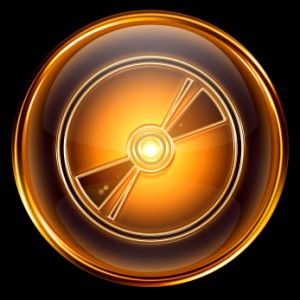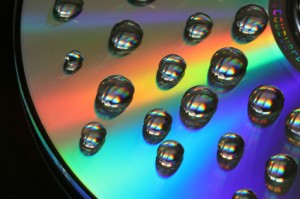Some years ago, Hewlett Packard became increasingly frustrated with its own home-CD-printing software: It was a hassle to print out and stick labels on CDs and it was very easy to get it wrong! So their developers began to come up with a new plan; why not use a laser to etch the CD label onto the disc instead?
The technology to achieve this was developed, dubbed Lightscribe Technology, and software and etching devices were unleashed onto the market. Lightscribe has been a massive success so far, allowing consumers to produce professional-looking CD labels at home by etching labels onto discs rather than printing and sticking.
But how does this new technology work? Allow me to explain; First, there is the Lightscibe drive, a disc-drive which etches your CD label design onto your CD. To use one of these drives, you must have compatible media (Lightscribe-printable CDs are very clearly labelled and available on the internet with a quick search-engine check) and the appropriate software installed to your computer. Hook the Lightscribe drive up to your computer and away you go!
The drive itself works by using the same kind of laser that burns CDs to engrave an etched image of your CD label onto the front of your disc. However, it has a ‘control feature zone’ which not only allows it to take in the full dimensions of your disc, but also means that every time you insert the disc, it begins printing in the same place again. this means you can print multiple times on the same disc, adding a title or extra image if you wish. It is no problem if you forget something: You can always just insert it later on!
While this breakthrough is a marvelous development, it does come with some drawbacks; it takes a very long time to etch a CD label onto even one disc – up to thirty minutes, dependent on how complex your design is! – while printing and sticking usually takes between three and five. Also, while thermal and inkjet printing allow for variants in colour, Lightscribe is simply monotone.
However the quality of the CD label is guaranteed to be superb and the etching effect does look incredibly professional: Much more so than a CD marker pen!
And bear in mind that this is very new technology: Developers have a lot of time to work on improving the current model and fixing the problems that have occurred in it. And, as always, the more we as consumers invest in a product, the further the product will develop over time!n

